As a computer vision developer, you can enhance the personal privacy of those viewed by your solutions with the same technologies you use to build the applications. Making privacy a priority is not only in the consumer’s interest, it’s also in your pragmatic interest and that of your business and government customers. Learn how to create safer and more effective computer vision systems while enhancing privacy with the free Intel® Distribution of OpenVINO™ toolkit
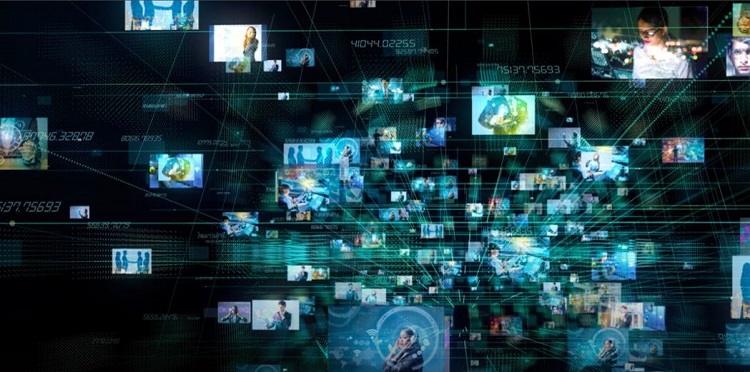
Computer Vision Opportunities Are Everywhere
These days cameras are ubiquitous - in our smart phones, our cars, homes, and around our cities. And opportunities for computer vision are endless, extending across robotics, retail, healthcare, transportation, and even sustainable agriculture.
Computer vision offers tremendous benefits in terms of safety, security, convenience and efficiency. When I am at the airport, I love knowing that I am protected by digital surveillance systems, and these same systems can protect retailers from theft.
But with all of these cameras collecting our images in an always-connected, digital world, how can we manage the benefits with the risks to our privacy? The image data captured from multiple cameras is not the cause for concern, but the algorithms for processing, analyzing, and understanding of those images should be explored to preserve consumer privacy.
As a consumer, what are my options to limit my image data from being shared?
Consumer Privacy Option 1: Hide
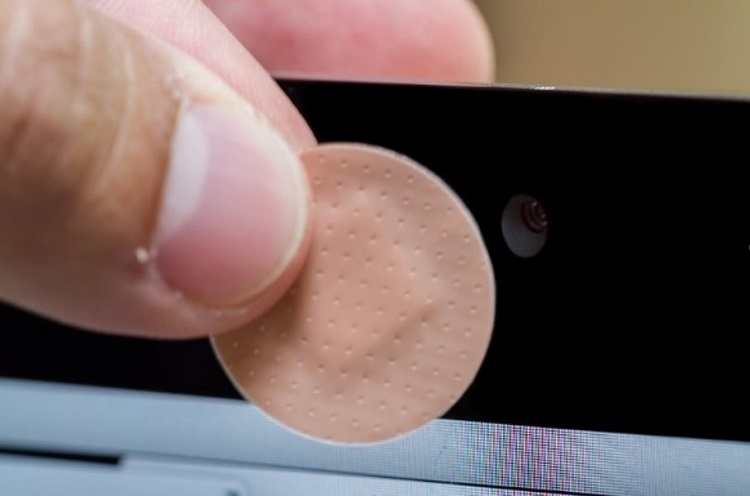
Should I prevent images from being taken? I’ll stop the image at the source; I’ll cover the cameras on my PC, phone and car with little pieces of tape.
That means reverting to using cameras that are not connected in any way—like an old Polaroid* instant camera—that way I never have to worry about computer vision algorithms misusing my image.
Consumer Privacy Option 2: Localize
Okay, hiding is too extreme—should I keep all of my privacy controls at the edge, or on my device? I’ll take images with my mobile phone, but I won’t upload them to the cloud; that includes sharing on social media and network backup—but what if I lose my photos?
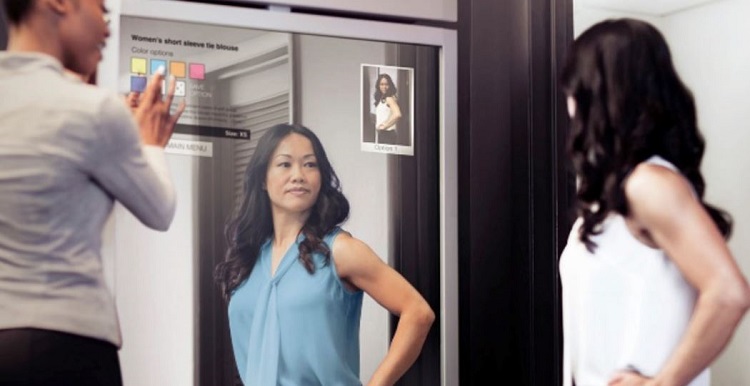
When shopping, I’ll leave my phone in my car and I’ll pay with cash. Those retailers won’t recognize me, so I won’t receive their ads related to those shoes I just purchased. But what if I miss an urgent call while I’m without my phone?
I have a similar problem if I install security cameras, and I make certain that the data never leaves the devices. Unfortunately, that invites memory and storage problems and also means no connection to security services; no ability to see my package delivery from my mobile app. What happened to all that security, safety and convenience?
Consumer Privacy Option 3: Trust
Should I simply trust the cloud? I’ll connect my phone, my PC, my home, my car, and all of my social media so that my life becomes one long, live, video stream. I’ll leave the design of my data privacy in the hands of government regulators and the plethora of hardware and software developers. That is what the vast majority of consumers are doing today, at their peril.
Consumer Privacy Option 4: Privacy-by-Design
There is a better way. We don’t have to choose between convenience and privacy. We can have both if we do the work required.
The onus is on the developer: every computer vision solution should undergo a plethora of privacy design decisions.
The same hardware and software technologies that enable the proliferation of image data—and make some people feel vulnerable—can allow consumers to determine their own privacy terms. Developers must think about how their technology should be used. For example, image data and classification algorithms used in face recognition solutions can enhance safety, security and convenience but also can cause discrimination, copyright infringement, and identity theft. So, when designing computer vision solutions, developers should consider how to give consumers control over their personal data.
Some Ways to Enhance Privacy
In some simple cases, system developers could choose low-resolution imaging or depth sensors that don’t enable identifying people. In more complex cases, a smart camera can implement policies about what to record, versus a “dumb” camera that automatically uploads video to the cloud. Some companies use detection algorithms to avoid capturing images of people, thus preserving consumers’ privacy.
With so many hardware and software developers involved, how can we guarantee privacy by design at the system level? How can we be certain that consumers maintain data control?
Let’s look at some of the system-level design decisions for a typical computer vision solution. First, a developer designs or selects hardware at the edge to capture and process images. Then, an algorithm for understanding that image data is developed. Throughout the process, many design decisions are made, and each could have a unique impact on privacy, for example:
- What types of sensors to use, and at what image resolution?
- What image data and metadata should be stored on the device? In cloud? For how long?
- Who can access the image data?
- Where does it make sense to leverage hardware-optimized library functions such as OpenCV*?
- When to integrate the deployment of deep learning models for face detection, pedestrian detection, etc.?
- Where will custom code be required, and what can be adapted from the open source community?
- Where can I add services and/or features by calling cloud APIs?
Developer Accountability
When it comes to privacy by design, hardware and software engineers, data scientists and developers in the computer vision ecosystem need guardrails and accountability. The best way to make consumers trust you is to design solutions that allow consumers to define their own terms for data privacy.
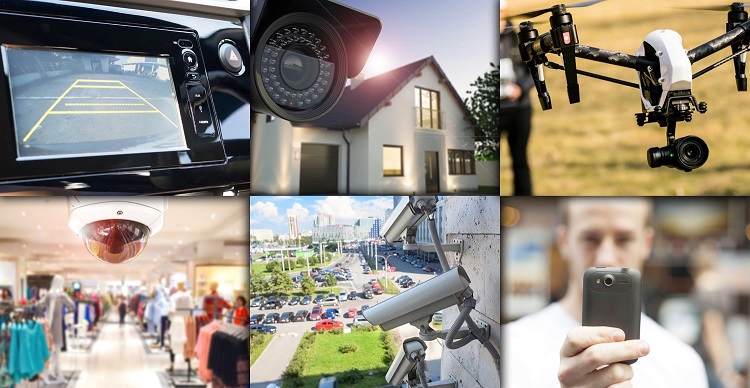
Imagine a world where computer vision solutions with 24x7 edge-to-cloud connectivity are never anonymous: consumer privacy is guaranteed through proper solution design, but developer privacy is not. What if we created full traceability and accountability for every component, subcomponent, and piece of data that contributes to the full visual computing solution? That includes every part of hardware and software whether at the edge or the cloud. We would know where the visual computing system breaks down or causes bias or inaccuracies, and we would know the engineer, data scientist or developer responsible for the understanding or misunderstanding.
Whether the solution is a digital surveillance system, a smart power grid, a drone for agriculture, a smart home, or an autonomous vehicle, the full system and all of its components would be fully traceable. We could have trusted combinations of hardware and software components that guarantee a particular level of reliability, safety and security—with or without formal regulation.
Fostering Trust
Solutions should employ trustworthy practices and ingredients at all levels of the stack, from edge to cloud, so that no matter what computer vision “recipe” is used, consumers can control the use of their data. Here are some ways developers can foster trust:
- Explain what is happening in plain language
- Create legal accountability for proper use through end-user license agreements
- Expose your software application protocol, APIs and other interfaces—never create a black box
- Open source your code so the community can turn off negative uses
- Enforce traceability with ledgers
The technologies that fuel computer vision solutions can also enhance privacy—if developers choose to use them that way, and if all of us make privacy a priority. It’s not only in the consumer’s interest, it’s also the pragmatic interest of businesses and governments.
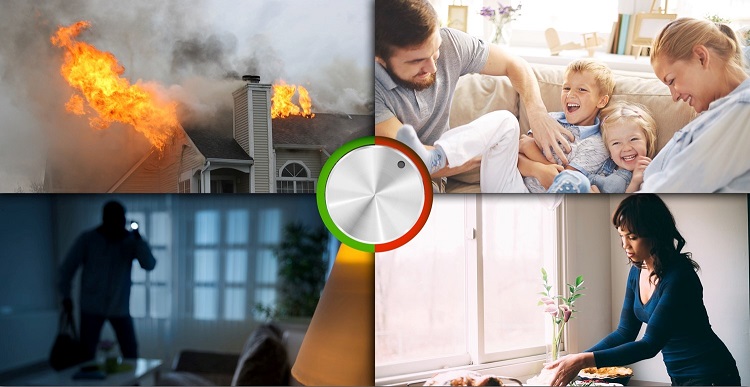
As technology leaders and developers, it is our responsibility to include privacy by design in our computer vision solutions, across hardware and software, from edge to cloud.
Related Content
Download the free Intel Distribution of OpenVINO toolkit. Create safer and more effective computer vision systems while enhancing privacy
Intel® hardware and software for vision solutions. Learn how Intel® Vision Products allow you to see your data’s full potential
Intel® RealSense™ Tracking Camera. Introducing a new class of stand‑alone simultaneous localization and mapping device for use in robotics, drones and more
Opening Doors to Computer Vision and Deep Learning for Developers. Developers no longer have to be domain experts to bring computer vision and deep learning to life in applications
Author
 Charlotte Dryden leads Intel’s Visual Computing Developer Solutions team, which defines and develops software products and tools that enable visual computing solutions. Charlotte has 20 years of technical and international business experience in the mobile communications, semiconductor and wireless industries, with a focus on designing software solutions to differentiate hardware. Find Charlotte on LinkedIn, and follow her team’s efforts @Inteldevtools.
Charlotte Dryden leads Intel’s Visual Computing Developer Solutions team, which defines and develops software products and tools that enable visual computing solutions. Charlotte has 20 years of technical and international business experience in the mobile communications, semiconductor and wireless industries, with a focus on designing software solutions to differentiate hardware. Find Charlotte on LinkedIn, and follow her team’s efforts @Inteldevtools.